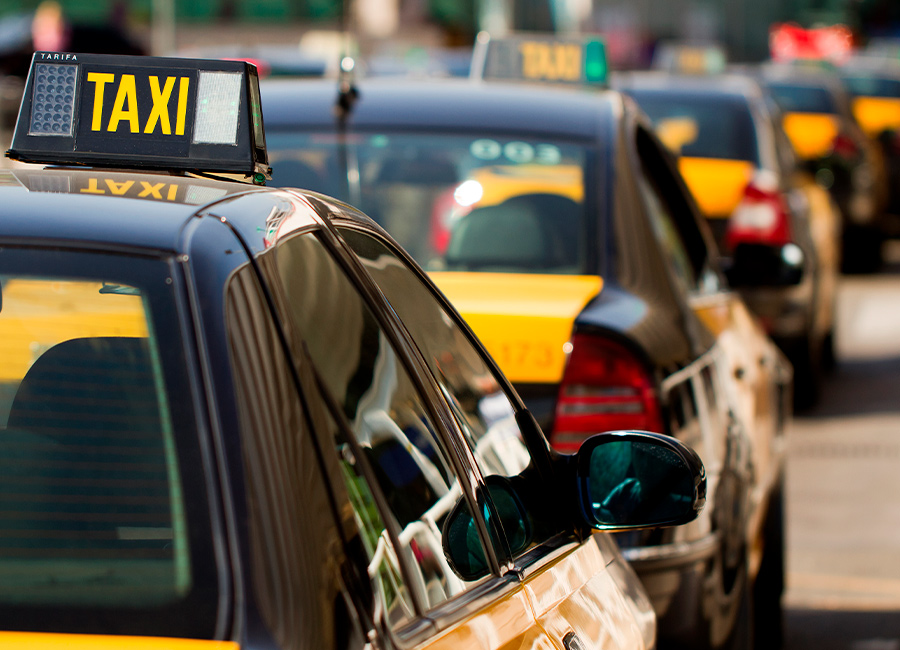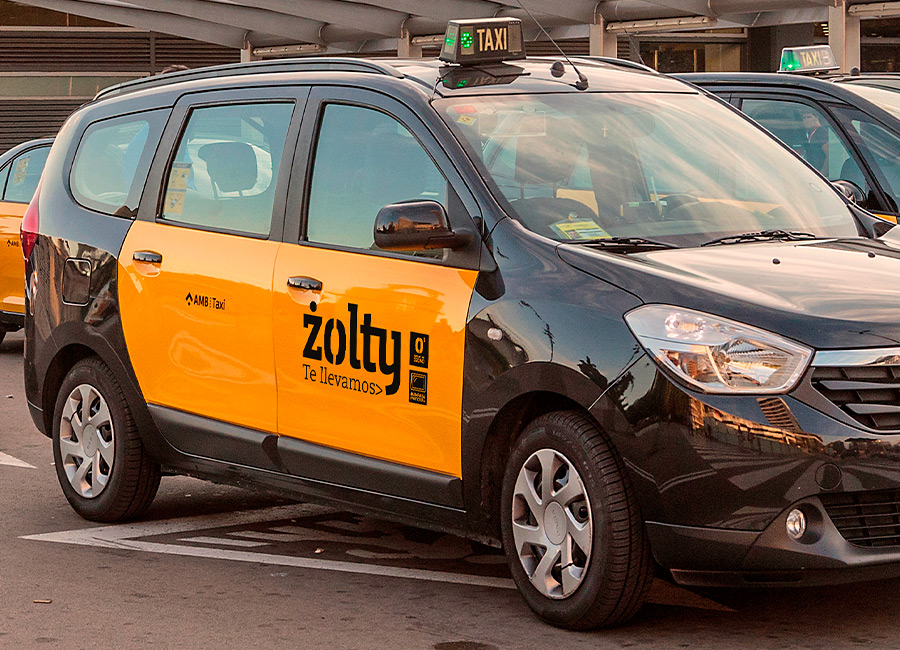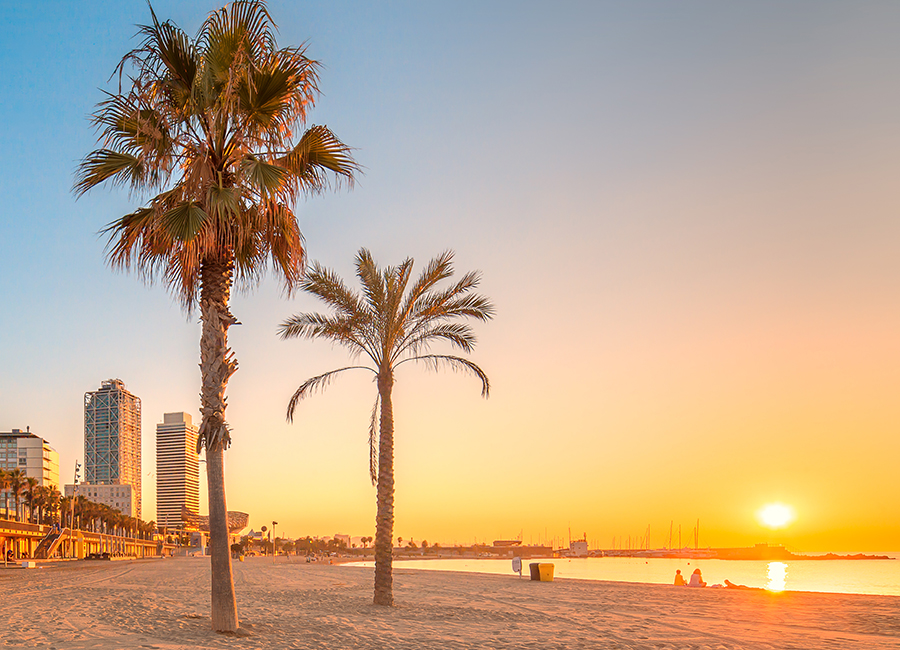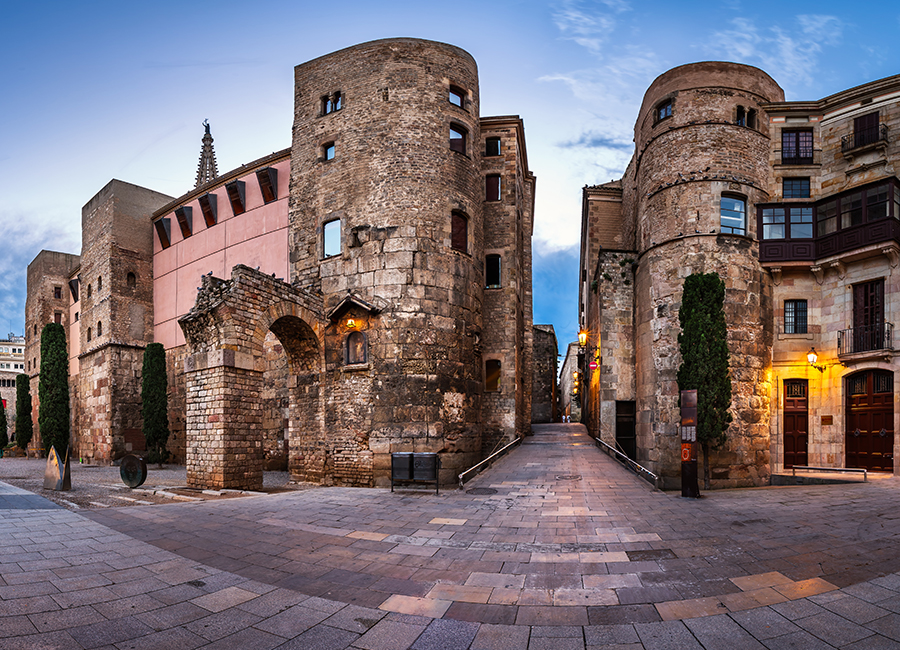In Barcelona, culture is safe
It is true that, due to the health crisis that we have lived through, the leisure time that Barcelona could boast so much in previous summers is being harmed. Limited capacity, queues, cancellation of mass events … The necessary measures are being taken in all sectors to ensure the well-being of users as far as possible. But what about the culture sector in particular? Is it being harmed excessively? Is it possible to enjoy a safe culture in Barcelona? We will tell you!
For a few months now, the cultural sector has been one of the most affected by the restrictions of the different public organizations to stop the spread of COVID-19. Professionals and amateurs in the sector have not been able to remain silent before abusive measures that are not consistent with others that are being adopted in other sectors, such as the hospitality sector.
For this reason, the campaign “La Cultura es Segura” (Culture is Safe) was started, under the hashtag #culturasegura, to claim shows such as concerts, plays, cinema, and other cultural activities that are complying with all the corresponding health regulations and that are also much safer spaces than others where so many restrictions are not being applied.
On July 20, 2020, from the #CulturaSegura initiative, a press release was published where the burning issues around cultural restrictions were put on the table: “None of the 140 active outbreaks in Catalonia has its origin in a cultural event”. However, what acts were completely canceled? Cultural events.
The outrage of this sector was perfectly justified. They tell us: “It is not acceptable, nor true, nor fair, to tell citizens that culture is a contagious activity and deprive ourselves of the economic viability that we could have after 4 months of crisis. Open beaches, open activities, open streets, vacations around the corner, and the only occurrence is to close safe spaces where people have a good time, enjoy, reflect, laugh and cry…, in conditions of maximum control, hygiene and distance, approved by PROCICAT itself.” A sector that takes health security measures seriously, such as the cultural sector, does not deserve to be the most punished. The artists, the professionals, the amateurs, all the people on and behind the stage… They all deserve to be able to continue doing their job, since they meet all the rules to do so.
This summer, do safe and responsible activities, go to cultural activities. Go to the movies, the theater, or a concert.
In Barcelona, culture is safe.










